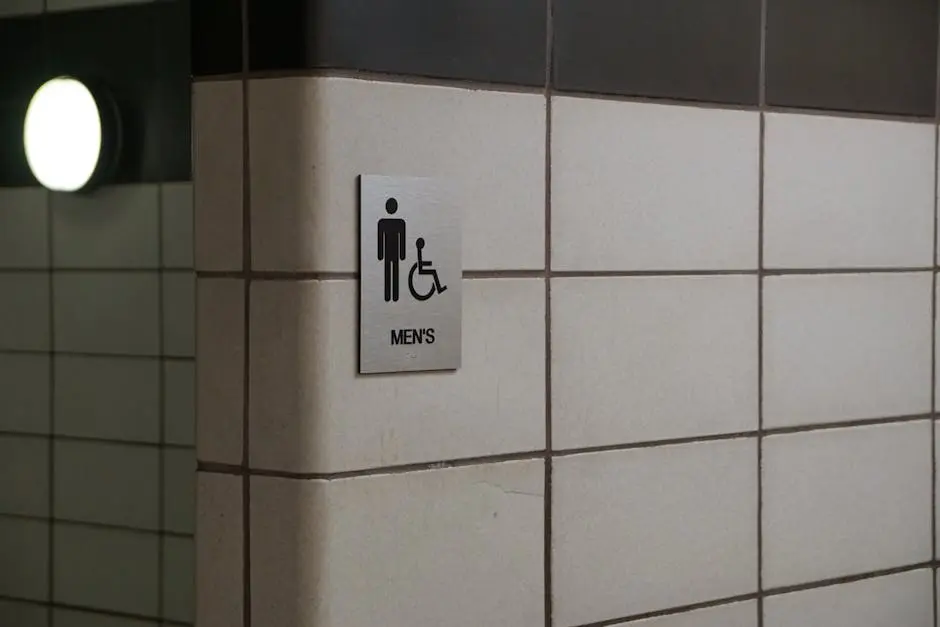What Safety Features Should a Mobility Wet Room Include?
Creating a mobility wet room is essential for individuals who require assistance and accessibility in their bathing routines. Incorporating the right safety features ensures a comfortable and secure environment. Let’s explore the key elements to consider when designing a safe mobility wet room.
Step 1: Non-Slip Flooring
Choose non-slip materials for the floor to prevent falls. Options like textured vinyl or rubber are great for maintaining grip, even when wet.
It’s important to consider the texture of the flooring, as this directly impacts safety. Non-slip tiles can also be attractive, providing both functionality and style. Look for products specifically designed for wet areas, and remember to test the slip resistance before finalizing your selection.
In addition to flooring materials, ensure that the layout accommodates easy access and movement. A clear path to and from the shower and toilet can significantly enhance safety, reducing the risk of accidents.
Finally, regular maintenance is crucial. Keep the surfaces clean and free from soap scum or other slippery residues that can compromise safety.
Step 2: Grab Bars Installation
Install sturdy grab bars near the shower, toilet, and sink. These provide support and stability for individuals who need assistance.
Choosing grab bars requires careful thought; they should be securely anchored to the wall and able to support significant weight. Opt for ergonomic designs that offer a comfortable grip, as this will encourage regular use.
Placement is equally vital. Ensure the bars are positioned at the right height for easy reach—typically between 33 and 36 inches from the floor. It’s a simple adjustment, but one that can greatly enhance safety and confidence for users.
Consider adding grab bars in multiple locations within the wet room. This ensures users have support at every possible transition point, which is particularly helpful during moments of reduced balance.
Step 3: Accessible Shower Features
Incorporate a barrier-free shower with a fold-down seat and handheld showerhead, ensuring ease of use for those with mobility challenges.
Barrier-free designs not only eliminate tripping hazards but also enhance the overall aesthetic of the space. Consider installing a linear drain for a seamless look while improving water drainage and minimizing pooling.
The addition of a fold-down seat can be a game changer, offering a place to rest while bathing. Look for models that are not only sturdy but also aesthetically pleasing to ensure they blend in with the rest of your wet room design.
Having a handheld showerhead gives users control over their showering experience, allowing them to rinse off more easily while seated. Features like adjustable height and easy-to-use controls can further increase comfort and accessibility.
Step 4: Adequate Lighting
Ensure the wet room is well-lit with bright, adjustable lighting to minimize shadows and improve visibility, making it safer to navigate.
Natural light can also enhance the mood of the space, so consider adding a window or skylight if possible. If you opt for artificial lighting, LED fixtures are great due to their brightness and energy efficiency.
It’s wise to have multiple light sources. Consider a combination of overhead lights and wall sconces to reduce glare while still providing bright, consistent illumination. Dimmers can offer the flexibility of adjusting light levels based on the user’s preferences.
Moreover, contrasting colors between the walls and fixtures can help those with vision impairments recognize essential elements in the space, further promoting safety.
Step 5: Emergency Call System
Consider installing an emergency call button within easy reach in the shower area to respond quickly in case of an accident or fall.
These systems should be clearly visible and simple to operate. Wireless options can provide flexibility in placement, ensuring that users are never more than an arm’s length away from help.
In addition to install buttons, think about integrating video or audio monitoring systems as part of the emergency setup. A simple intercom can enable communication with caregivers or loved ones, drastically reducing response time when assistance is needed.
Regular testing of these systems is crucial to ensuring they function when needed. Make it part of a regular maintenance routine, so everyone feels secure knowing help is always just a call away.
Final Thoughts on Safety Features for Mobility Wet Rooms
By prioritizing these safety features, you can ensure that your mobility wet room is a safe haven. Remember, accessibility and comfort should always go hand in hand!

